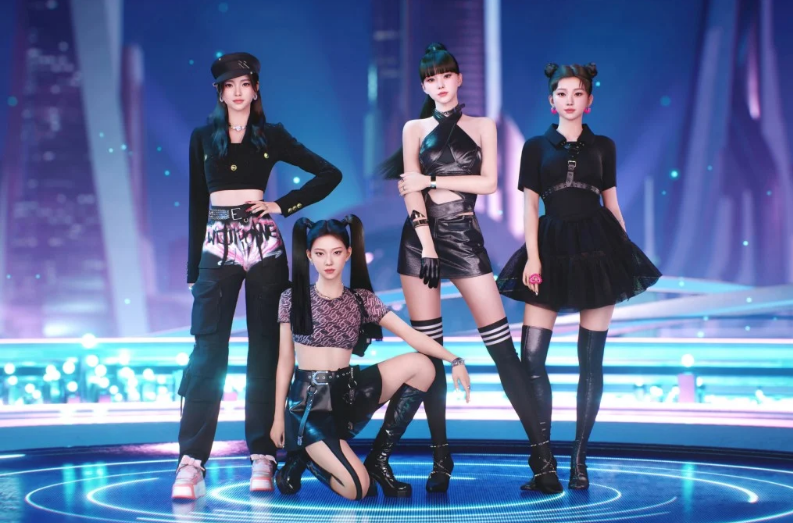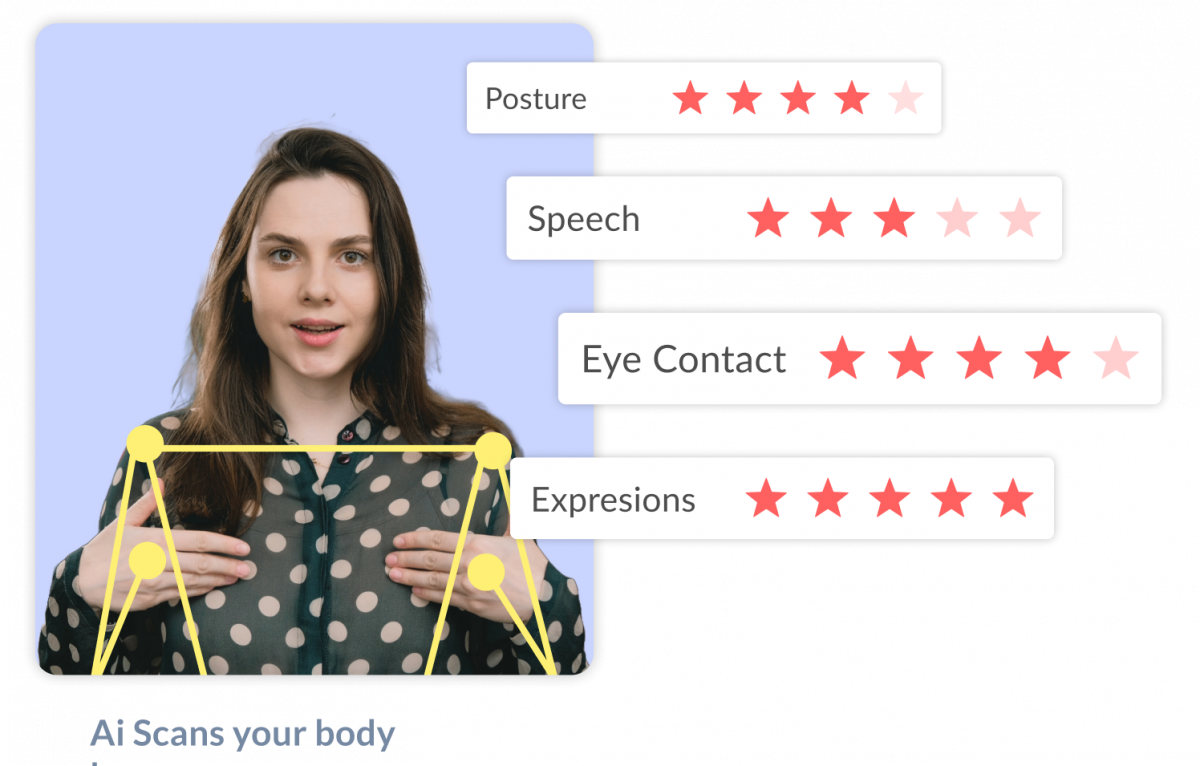As an occasional K-pop listener, I came across this new sensation taken to the K-pop music industry: a virtual K-pop girl group named Mave, backed by tech giant Kakao (Reuters & Reuters, 2023). This girl group solely exist in the metaverse of blurring lines between virtual and reality. It is absurd for me to find out that in less than two months, their debut single, “Pandora”, has nearly reached 20 million views (Hoesan & Nuraeni, 2023).
Mave consists of four virtual members: Siu, Zena, Tyra, and Marty. Like the typical K-pop groups, they produce music videos, interviews, and stage performances developed through web designers and artificial intelligence (AI) (Reuters & Reuters, 2023; Hoesan & Nuraeni, 2023). Moreover, each member brings a distinctive style and expression to their performances. Furthermore, every member has a designated role within the group, and their profiles include details such as their birthdays, zodiac signs, and even nationalities. Another aspect that intrigued me is the ambiguity of their appearance as more human or virtual characters. What’s more, they can break language barriers by using an AI voice generator to speak Korean, English, French, and Bahasa (Jeong, 2023).
However, let’s break down the consumerism aspect behind the K-pop industry to analyze this new phenomenon. K-pop is renowned for its parasocial relationships, where fans interact and communicate with their idols through various means, such as live streams, social media, and fan communities (Jeong, 2023; Hoesan & Nuraeni, 2023). In addition, fans’ close connection to artists motivates them to support their idols through music streaming, merchandise purchases, and attending concerts (Jeong, 2023; Hoesan & Nuraeni, 2023). A strong emotional connection and fan-artist interaction have been crucial in creating dedicated fan bases and driving the consumption of K-pop products and services (Introducing Korean Popular Culture, n.d.).
In my personal experience of being a fan of some K-pop groups, I can resonate with the strong emotional connection with the artists, mainly because the human qualities are what the virtual K-pop group is missing, such as their hard work, self-made music, talents and personal & career development. In this case, Mave holds challenges in authentic fan-artist interaction, such as directly engaging with fans. This could lead to disapproval and lack of intention to become fans or even listeners of the group for some audiences despite the music still aligning with the fans’ preferences.
Despite the challenges these virtual K-pop groups face, it remains an innovative concept of bridging the gap between virtual and real, offering a new form of entertainment and engagement for the fans in the K-pop domain. Yet, my answer to the question of “Could AI-driven K-pop groups potentially become a dominant force in the world of K-pop?” would, for now, be negative.
References:
Introducing Korean popular culture. (n.d.). Google Books. https://books.google.nl/books?hl=en&lr=&id=sRO8EAAAQBAJ&oi=fnd&pg=PA1957&dq=K-pop+label+companies+capitalize+on+this+fan+engagement,+turning+it+into+a+significant+revenue+source+through+official+merchandise,+subscriptions+on+communication+platforms+that+allow+direct+interaction+with+artists,+and+paid+fan+memberships+with+exclusive+benefits.+&ots=jBpjhoNHF4&sig=Bjn74lpn8r4sI1TEvBFQwvUIZhI&redir_esc=y#v=onepage&q&f=false
Hoesan, V., & Nuraeni, S. (2023). Factors Influencing Identification as a Fan and Consumerism towards The Virtual K-Pop Group MAVE: Journal of Consumer Studies and Applied Marketing, 1(2), 109–116. https://doi.org/10.58229/jcsam.v1i2.72
Jeong, M. (2023). What makes “aespa”, the first metaverse girl group in the K-pop universe, succeed in the global entertainment industry? https://www.econstor.eu/handle/10419/277980
Reuters & Reuters. (2023, March 17). Meet Mave:, the AI-powered K-pop girl group that look almost human and speak four languages. South China Morning Post. https://www.scmp.com/lifestyle/entertainment/article/3213720/meet-mave-ai-powered-k-pop-girl-group-look-almost-human-and-speak-four-languages


